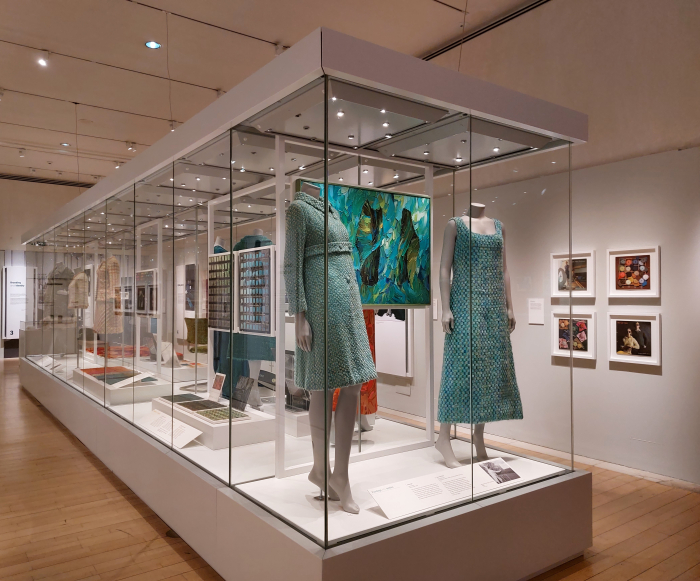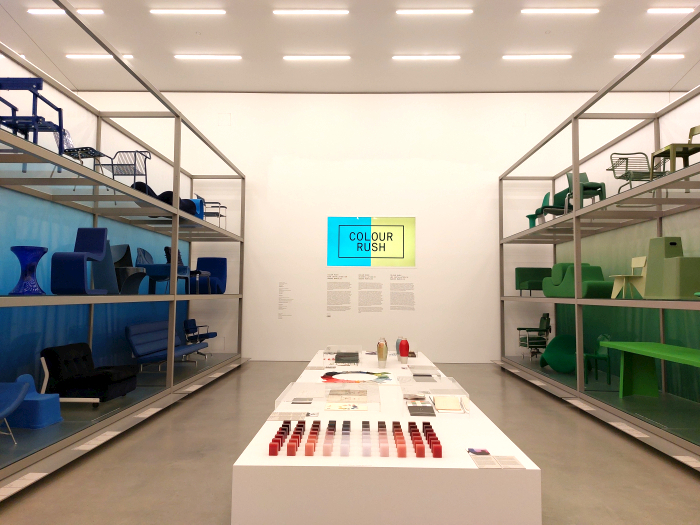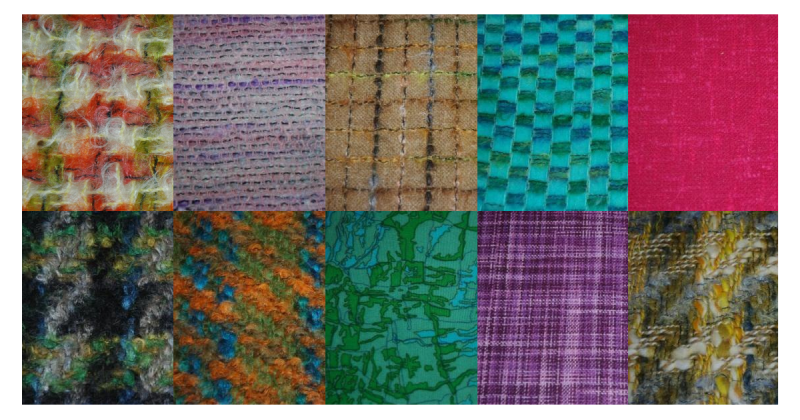Category: Design.Farben.Lehre
Bernat Klein. Design in Colour at the National Museum of Scotland, Edinburgh
“Design”, opined textile designer Bernat Klein in 1976, “means to enjoy the exploration of new possibilities. It means to take pleasure in finding new solutions to old problems; or to have fun juggling with a number of old solutions until they suddenly click and coalesce into one, beautiful, new solution”.1
With the exhibtion Bernat Klein. Design in Colour the National Museum of Scotland, Edinburgh, allow insights into how Klein explored, discovered and juggled. And the new possibilities and new solutions that thereby arose…….
Colour Rush! An Installation by Sabine Marcelis at the Vitra Design Museum Schaudepot, Weil am Rhein
Amongst the many developments that have influenced and informed the path of furniture and interior design in the past 120ish years one must, without question, count developments in context of colour.
Whereas in previous centuries colours were limited in their availability, range and durability, recent decades have seen not only progress in that availability, range and durability, and as such ever more possibilities in our use of colour, but also seen increasing study of psychology and colour and of developments in understandings of human perception of colour, ever increasing appreciations of how colours exist beyond the physical and chemical. And an ever increasing use of colour in marketing, a creeping commercialisation of colour.
With the installation Colour Rush! Rotterdam based designer Sabine Marcelis transforms the Vitra Design Museum Schaudepot into a space for differentiated considerations on colour and our furniture and interiors, on the colours of our furniture and interiors. And in doing so also allows for some fresh insights not only into the Vitra Design Museum collection, but what that collection can teach us all about furniture and interior design over the past 120ish years…….
Design. Colour. Theory.: Bernat Klein – Eye for Colour
“It is possible to live without taking colours in daily life seriously just as it is possible to live and to ignore music, sculpture and other arts” opines the textile designer Bernat Klein in his 1965 book Eye for Colour, and thereby not only freely equating colour with other cultural goods but also very neatly setting up the refutal, “no one will doubt, however, that life will be fuller and richer if colours are daily absorbed, handled and savoured as they can and should be”.1
Eye for Colour is both an introduction to how Bernat Klein arrived at such a position, and an argument in support of its validity…….


